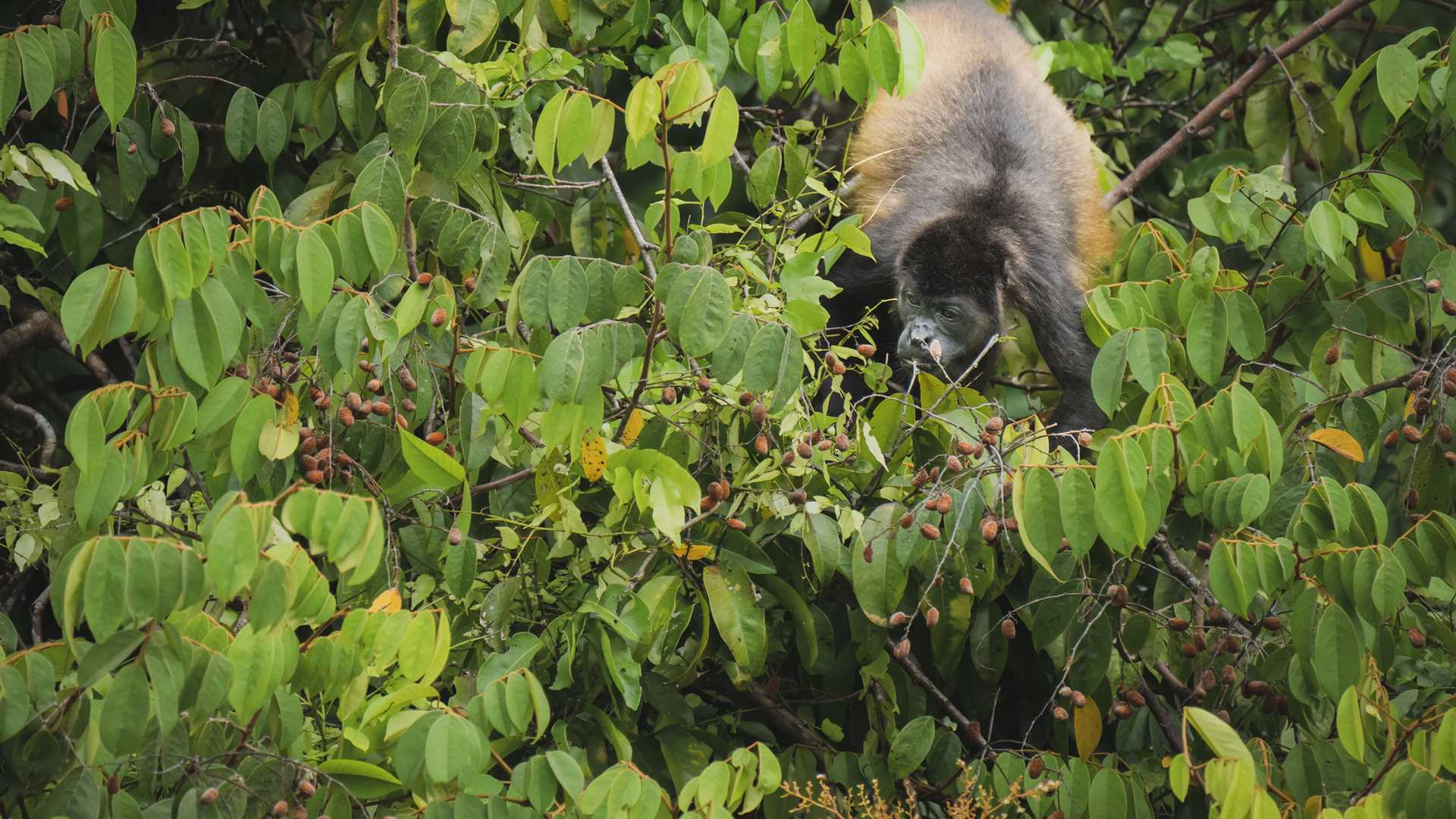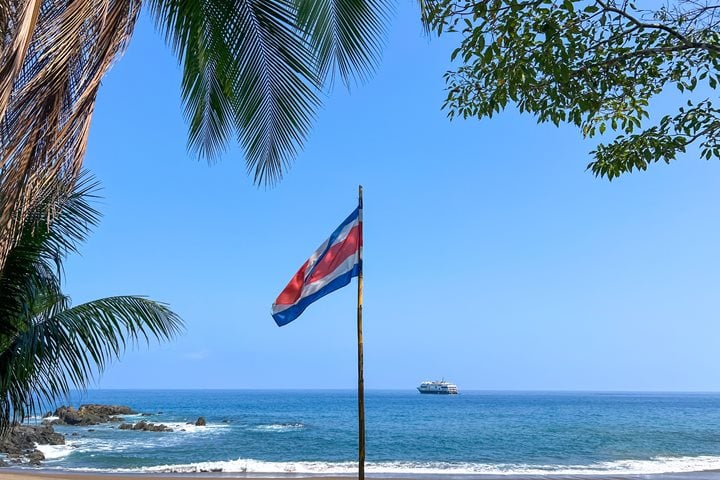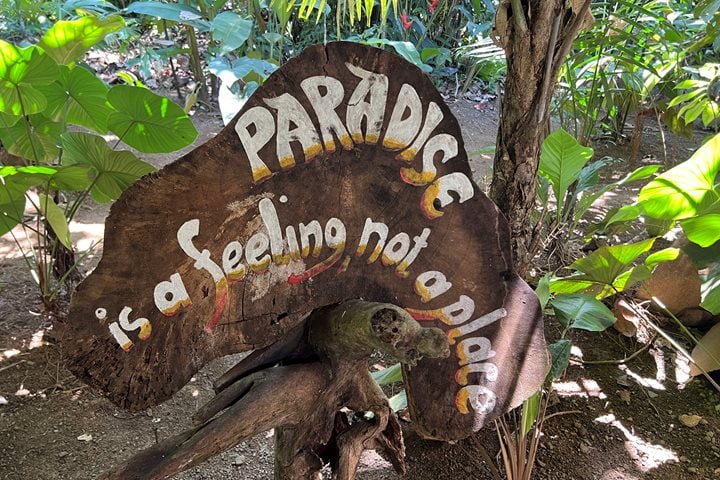Pura vida! Bienvenido a Costa Rica! This morning, National Geographic Quest arrived in the thriving town of Golfito, which stands for “little gulf.”
Golfito sits in a bay within a bay, and it is a symbol of rebirth. The city saw a boom with banana plantations, only for its economy to collapse as that industry became too expensive to sustain itself. But today Golfito is a thriving town with new economies built on fishing, tourism, and duty-free shopping that helps many Costa Rican families furnish new homes with appliances. One of the gems of Golfito is the fact that the coastline is a designated RAMSAR site, a globally protected marine and wetland area.
Today, the bay around Golfito bustled with wildlife. One group of explorers took to kayaks to paddle around the bay. It was an opportunity to slow down and truly see and hear the surrounding forest. Still others took to the Zodiacs, where they explored deep in the forest to look for wildlife. We barely made it around the first bend when we encountered a severe shaking in the trees, a sure sign of monkeys in the canopy. Sure enough, white-faced capuchins poked out from the leaves, peering worriedly towards the water before resuming their explorations for food.
A little farther down the bay, a troop of howler monkeys crawled through the canopy eating leaves. All of a sudden, a young monkey emerged from the top of a tree for a nibble. Larger males leapt from the branches to seize at the draping limbs of a neighboring tree.
Before long, our bellies called for lunch, and we returned to National Geographic Quest for our own bit of sustenance as the ship made her way towards Rio Seco at the other end of the bay.
Rio Seco is the home of a private reserve that covers roughly 500 acres of forest. Raymond Robert Klochko founded the reserve in 1988, and though he has passed away, the reserve is still run by his two sons. The name Rio Seco means “dry river,” and you can literally hike what appears to be a dry riverbed, though in reality the river disappears underground. Today, this family-run reserve includes a lodge and numerous trails to enjoy the wild scenery of the surrounding coastline. Some of us worked off our lunch with hikes through the forest, while the rest joined in birding and photo hikes around the area. The slow pace gave explorers the chance to find wild treasures hiding in plain sight. A caiman peaked from the surface of a pond, while dragonflies rested on wildflowers. A fallen log hosted an explosion of fungi, and just when we thought the sun would drive us back to the shade of the trees along the coast, a scarlet macaw called from the treetops. It was the perfect end to our trek through Golfito.







